The best JAMNews stories from Armenia in 2023
The best JAMews stories from Armenia
1. ‘They need me’: the story of a single father who became an example to other men
Single fathers in Armenia are not mentioned, not noticed, and in fact are few in number. Few men receive custody of their children after the death of their wives or after divorce. Even state bodies do not have statistics on single fathers. It is unknown how many men in Armenia have the status of single parent.
After divorces, children usually remain under the guardianship of their wives, and in case of the mother’s death, grandmothers are mostly the guardians.
Read the story of a single father raising two children alone after the death of his wife here.
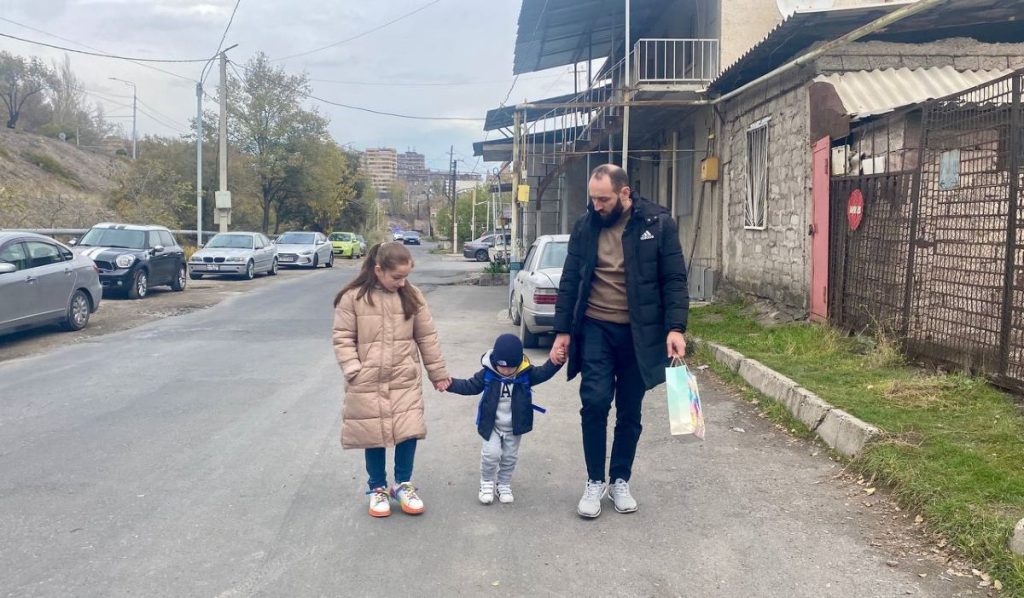
2. Russian company Wildberries in Armenia: Dependence or freedom of choice?
The Russian company Wildberries reached Armenia in 2018, and has seen huge sales over the past three years. At first both customers and even employees of the chain considered it just an alternative resource for purchases.
But since 2021 the situation has changed – sales of the online store in Armenia have increased significantly. At this stage, the company has entered into competition with Armenian manufacturers and companies importing goods from China, Turkey, Iran and other countries, often replacing them.
Read an article about the success of this Russian company in Armenia and its impact on the country’s economy here.

3. How victims of domestic abuse in Yerevan receive help, revealed through personal stories
There are two shelters for survivors of domestic abuse in Yerevan. Very few people know where these shelters are located or even of their existence. Strict confidentiality is maintained to protect the shelters and their residents. Here they try to get back on their feet, overcome physical and mental trauma, and learn trades.
The stories of women forced into shelters, as well as the position of the organization supporting them on how to address victims of violence, are here.
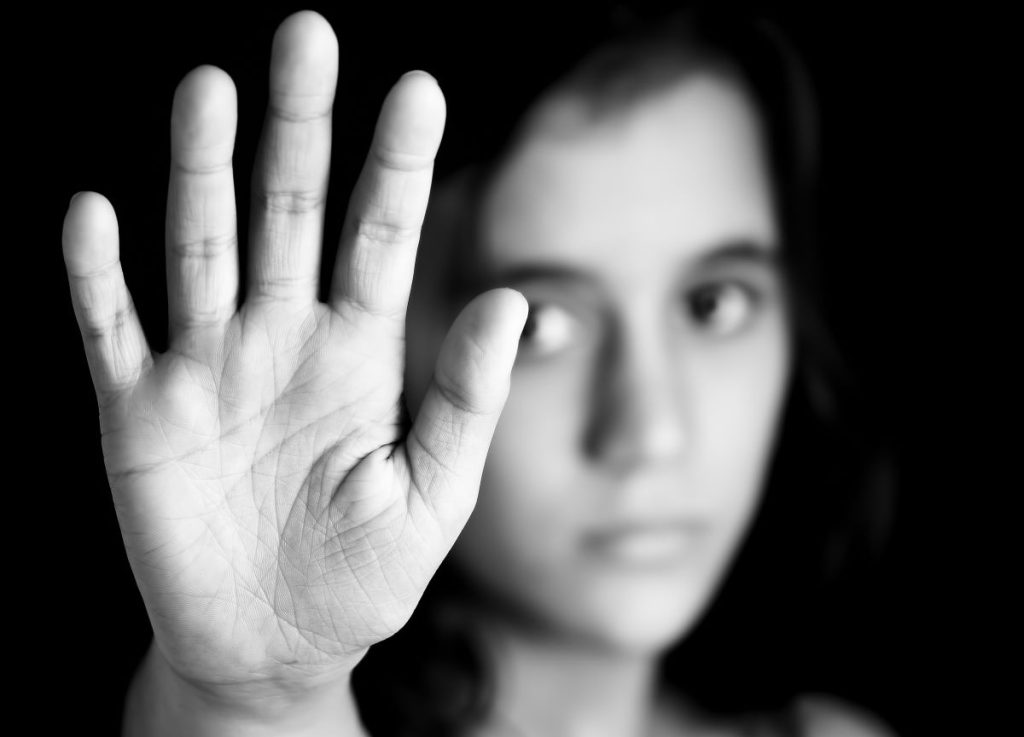
4. Problems of southern Armenia, Syunik region, revealed in personal stories
The Karabakh war of 2020 and the September 2023 hostilities have changed life in the southern Syunik region of Armenia. This is especially true for the economic development of the region, the ability of local residents to earn and support their families.
The situation in Syunik has been particularly aggravated since May 2021, when the armed forces of Azerbaijan invaded the sovereign territory of the Republic of Armenia. The region lost dozens of hectares of land that were used for agriculture. Another part is under the direct aim of the Azerbaijani military. The main occupation of the population here is farming and cattle breeding.
At the same time, many former residents of Nagorno-Karabakh have settled in this area – those who moved here after the war in 2020 and those who were forced to leave their homeland in September 2023. Now they are trying to overcome the problems they have faced.
JAMnews presents a series of articles about Syunik residents and their problems.
Here you can read the first story – about Edik Hakobyan, who moved here from NK during the war of 2020 and tried to recreate in Armenia a garden like the one he had in the village of Vurgavan.

Here you can read the second story from Syunik – about Volod Arzanyan, a resident of Nerqin Hndzoresk. In his village land for grazing has always been scarce, and after the invasion of the Azerbaijani armed forces into the territory of Armenia, it became even scarcer. “Azerbaijanis are very close, right under my nose. Every time I take the animals to pasture, it becomes a matter of life and death. I am afraid to send my sons out to graze alone. They are young, they have a temper. An Azerbaijani shouts from above, swearing. If my sons suddenly retaliate, what will happen then?”, Volod asks.
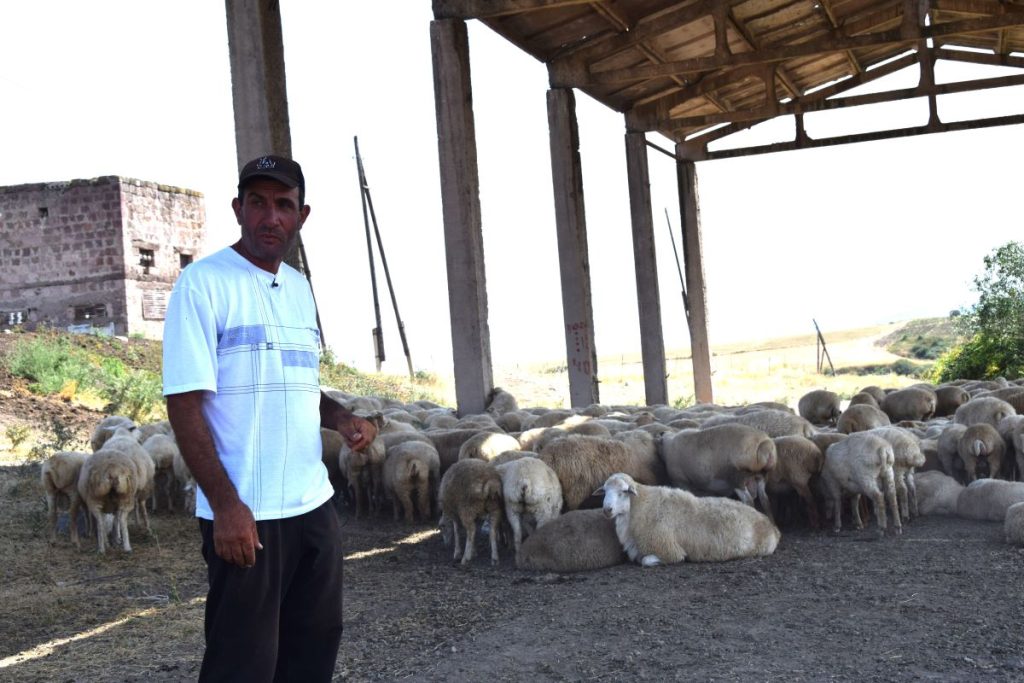
Here you can read the third story from Syunik – about the large Badalyan family from NK, now living in a small house in the village of Nerkin Hndzoresk.
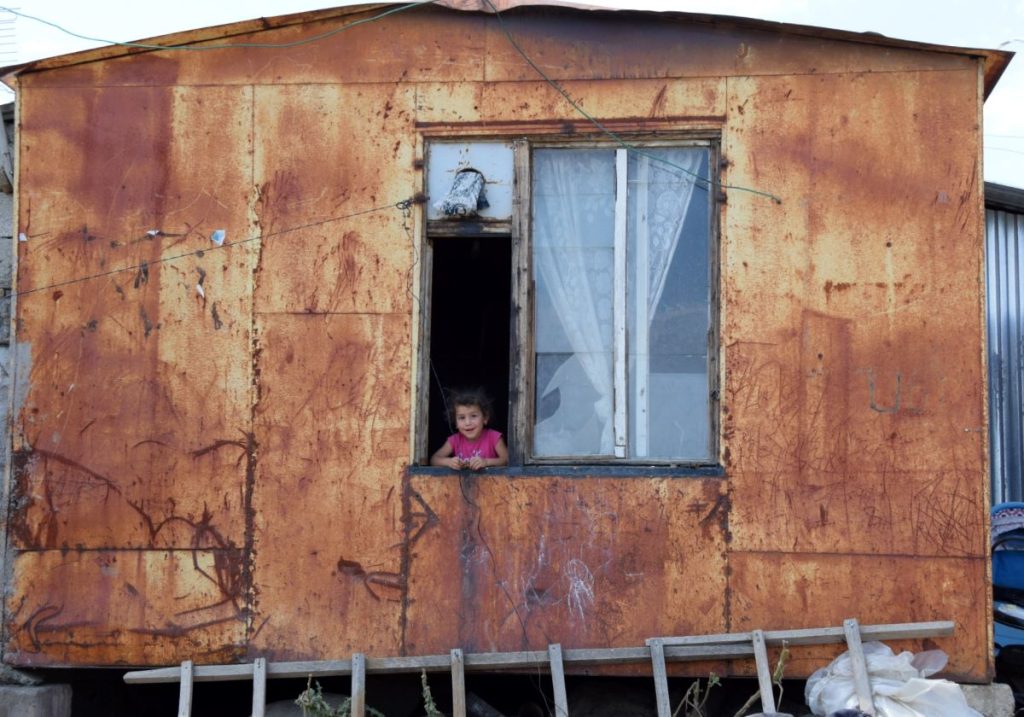
5. The last war in Nagorno-Karabakh: One family’s story
After the hostilities in September 2023, all Armenians left Nagorno-Karabakh as soon as Azerbaijan unblocked the Lachin corridor. Tatev Mikayelyan, a resident of the village of Nerkin Sznek (known as Ashagi Yemishchan to Azerbaijanis) tells the story of her family. Her relatives and fellow villagers fled Sznek through gorges and forests to escape. After a 9-month blockade, there was no gasoline in the village to leave by car.
Tatev also talks about distrust of Russian peacekeepers who have failed to fulfill their obligations to protect the population. He thinks that the more than 100,000 Armenians who left for Armenia after the war could return to their homeland only if their safety is guaranteed by an international contingent.
The whole story is here.
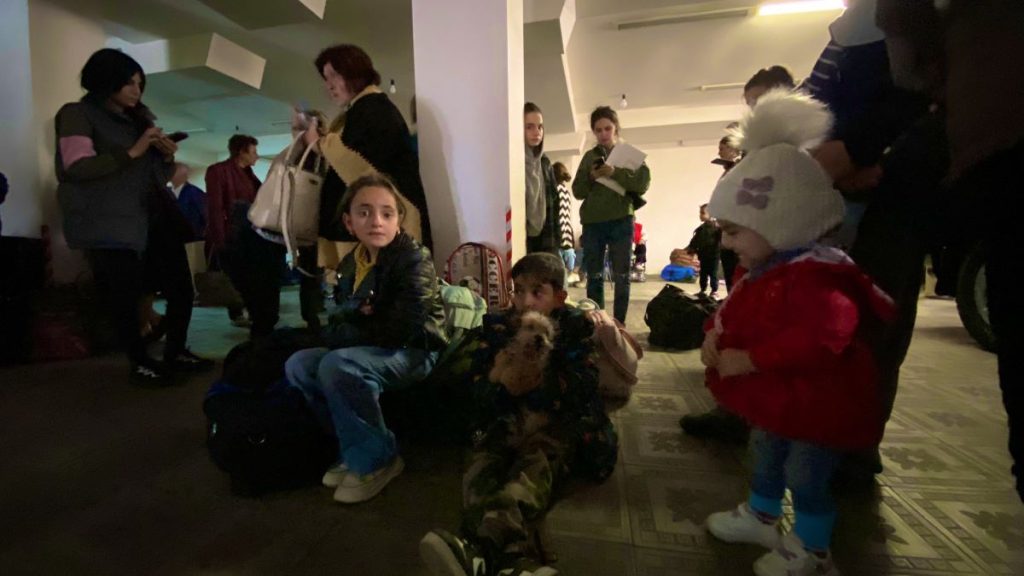
6. Why have Armenian women started marrying foreigners more often? Stories of three families
Residents of Armenia have the impression that the number of mixed marriages has recently increased. This may be due to the influx of a large number of Russians since the spring of 2022, after the outbreak of war in Ukraine. However, there are no statistics to support this assumption. Interestingly, marriages between Armenian women and foreign men dominated the statistics in all years. They accounted for 56 per cent of mixed marriages in 2021, 63 per cent in 2020, 55 per cent in 2019 and 52 per cent in 2018.
Read about the reasons for this, as well as the history of blended families, here.
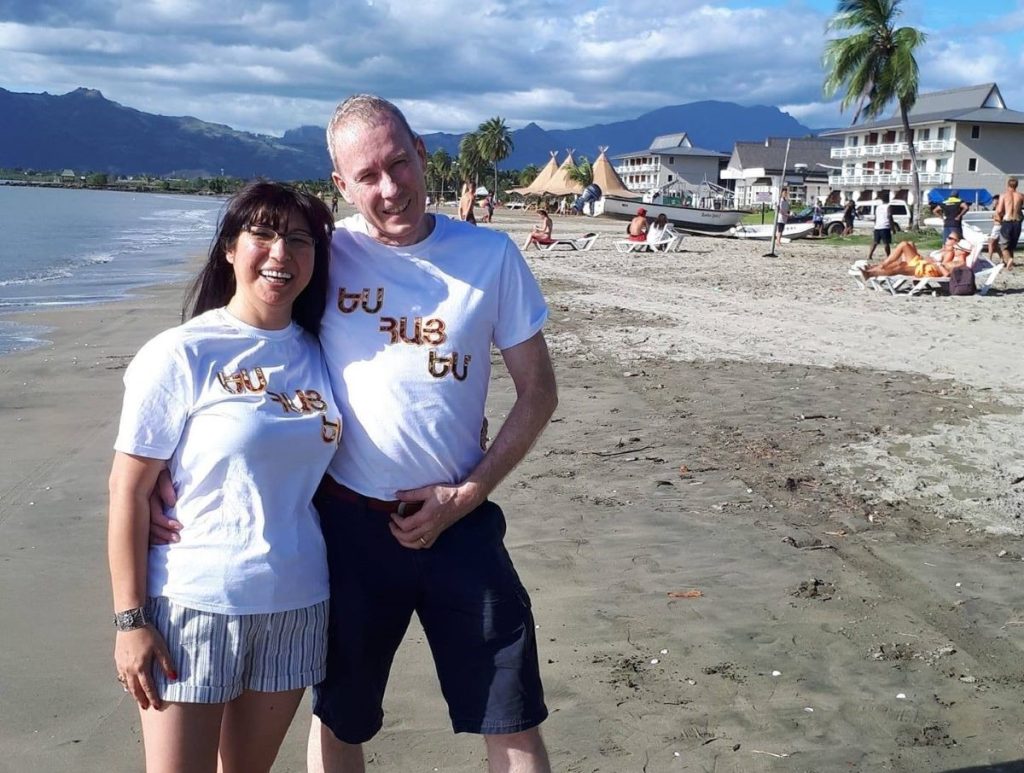
7. Benefits of solar energy in Armenia: three examples
In Armenia the number of people using solar energy has increased dramatically — not only residents, but also organizations. The number of autonomous solar stations has increased fourfold in just four years.
Read the opinion of a businessman, a resident of Yerevan and an expert on the advantages and problems of using solar energy by clicking here.
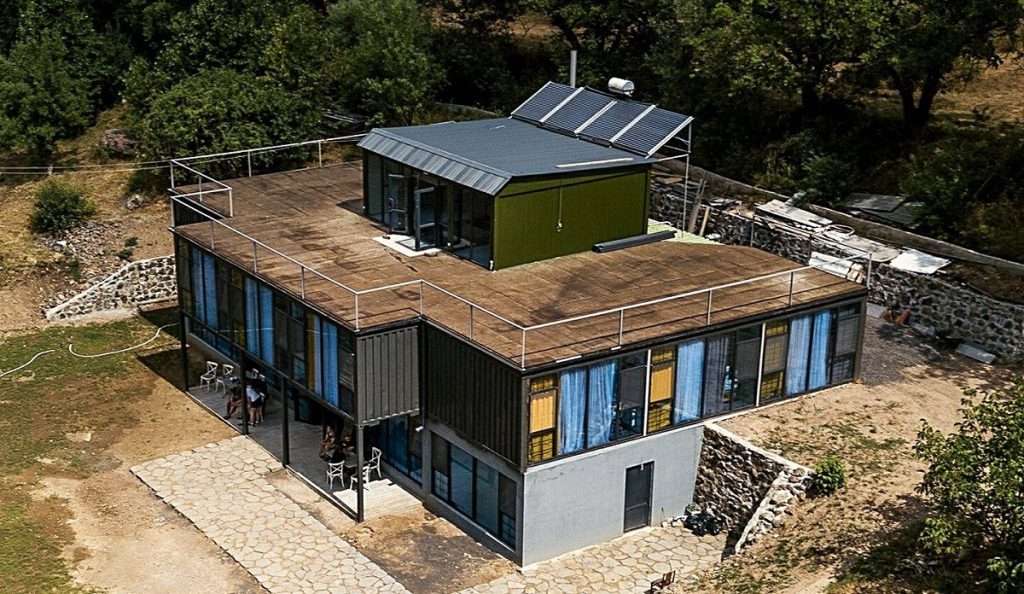
8. “Cancer can be beaten”: personal stories from Armenia
The percentage of cancer cases in Armenia has been growing in recent years, even among the young. 55 percent of patients sought medical help in the third or fourth stages of the disease. Only 44 percent were detected in the early stages, which, according to doctors, increases the chances of recovery.
“Cancer can be defeated if you believe that you will recover”, “cancer is not a death sentence, it does not necessarily kill”, “after cancer treatment you can return to normal life”, those who have overcome the disease say. Personal stories and details about cancer treatment in Armenia here.

9. Suicide in Armenia
Around 900,000 people worldwide commit suicide each year. According to statistics, the number of suicides in Armenia has increased in recent years, especially after the 2020 war; in the last decade the number of suicides per year ranged from 150 to 215.
Personal stories, statistics, and expert commentary on the causes, preventability of suicide, and why death at some point seems to be the only option for people – here.
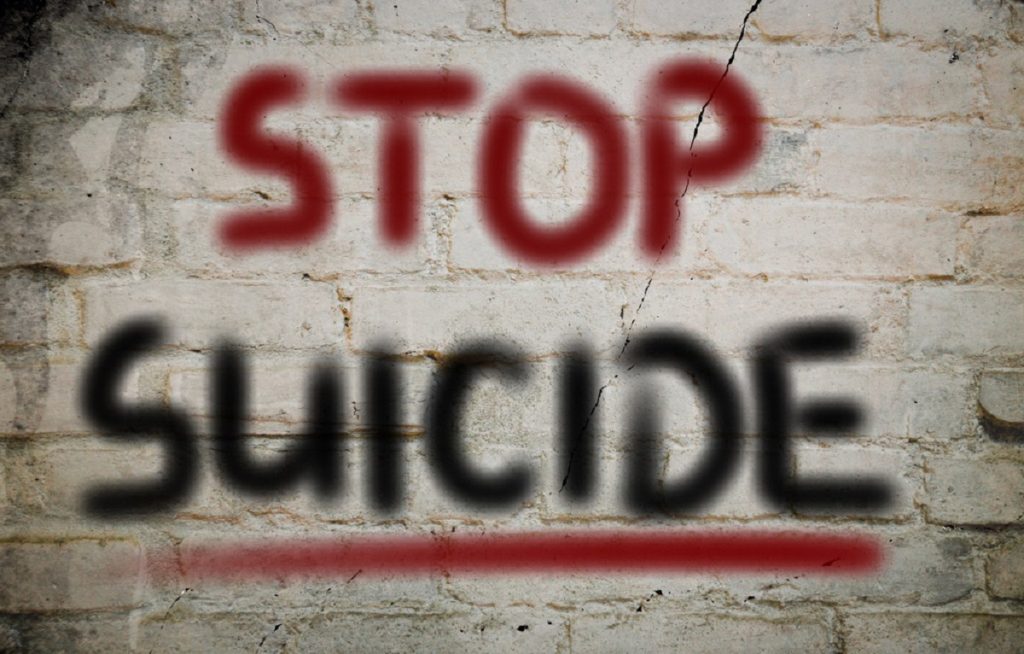
10. Demand for surrogacy on the rise in Armenia
There are no statistics on how many women provide surrogacy services in Armenia each year. The Ministry of Health told JAMnews that “such statistics are not kept, since the provision of the service is not within the competence and authority of the department.”
According to the head of the Center, Eduard Hambardzumyan, the number of families using the services of surrogate mothers has increased by two to three times over the past year: “Earlier 20-30 families used the surrogate motherhood program annually, now their number is over 60. Many families are looking for a surrogate mother.”
The story of a couple who used the services of a surrogate mother, how much it costs, what is the increase in demand, as well as the psychological problems arising in the process – here.
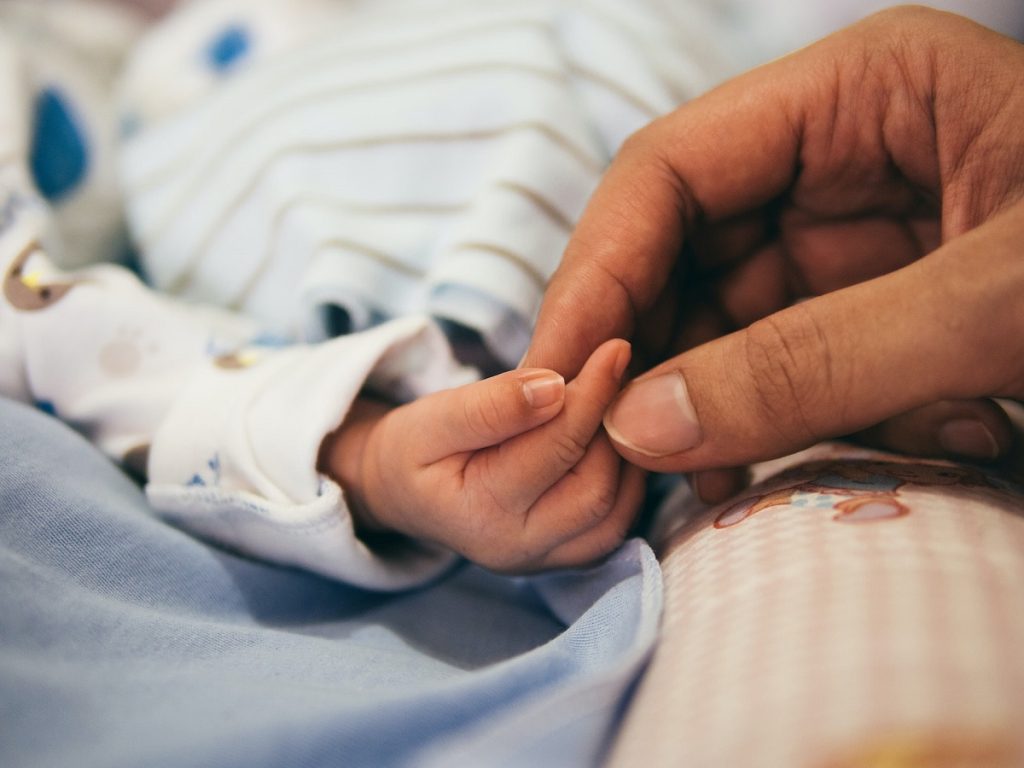
Follow us – Twitter | Facebook | Instagram
The best JAMews stories from Armenia


















